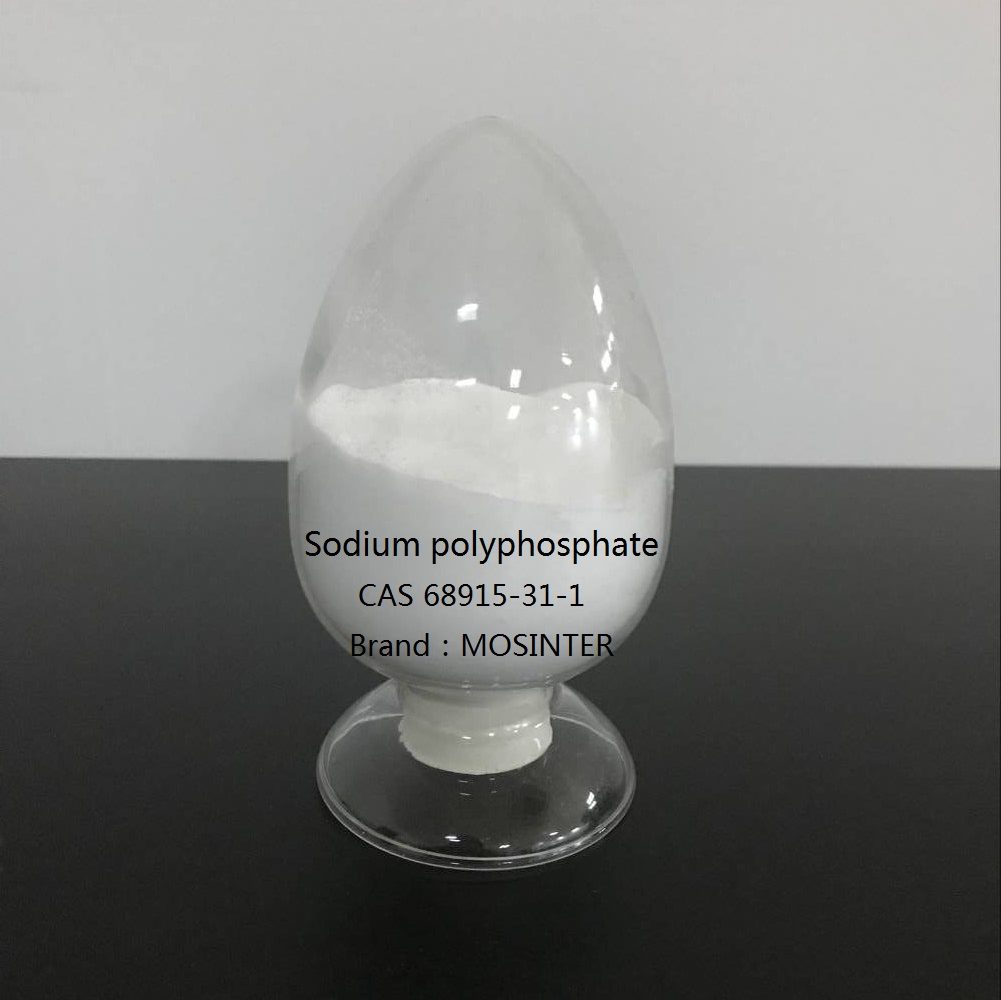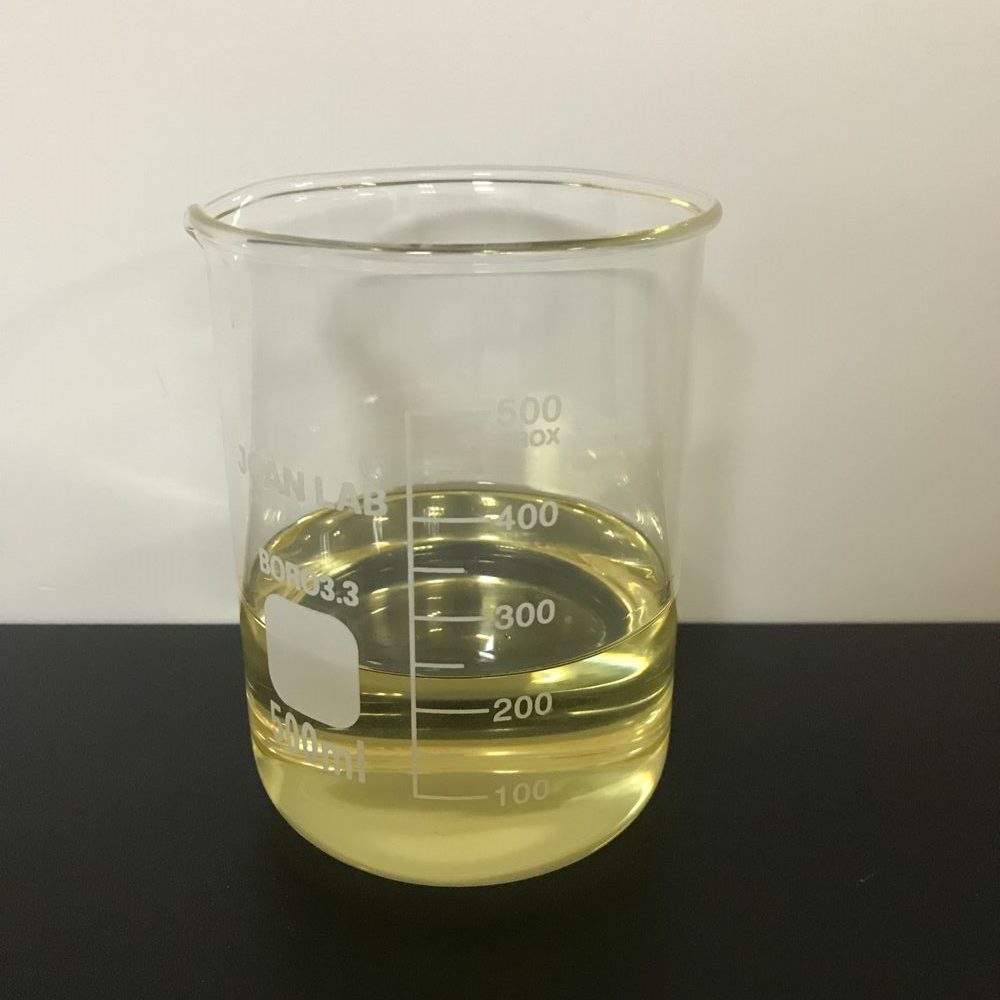- Have any questions?
- +86-189 8930 5995
- sales@mosinterchem.com.cn
Cyanuric Acid CAS 108-80-5

1H-Benzotriazole CAS 95-14-7
18/12/2018
Sodium dodecyl sulfate CAS 151-21-3
18/12/2018| Model: | MOS108-80-5 |
| Place of Origin: | Zhejiang,China (Mainland) |
| Brand Name: | MOSINTER |
| CAS No.: | 108-80-5 |
| Purity: | ≥ 98% |
| Appearance: | White crystal powder |
| Cyanuric acid assay %: | ≥ 98 |
| Drying loss: | ≤ 1.0 |
| Residue ignition %: | ≤ 0.1 |
| Ferric content ppm: | ≤ 25 |
| PH value(1%solution): | ≥ 4.0 |
| Sulphate: | ≤ 0.5 |
| Molecular Formula: | C3H3N3O3 |
| Alias: | Trihydroxycyanidine |
| Molecular Weight: | 129.07 |
Cyanuric Acid (CAS: 108-80-5)
| Item | Index |
| Appearance | White crystal powder |
| Cyanuric acid assay % | ≥ 98 |
| Drying loss | ≤ 1.0 |
| Residue ignition % | ≤ 0.1 |
| PH value(1%solution) | ≥ 4.0 |
| Ferric content ppm | ≤ 25 |
| Sulphate | ≤ 0.5 |
Cyanuric acid or 1,3,5-triazine-2,4,6-triol is a chemical compound with the formula (CNOH)3. Like many industrially useful chemicals, thistriazine has many synonyms. This white, odorless solid finds use as a precursor or a component of bleaches, disinfectants, and herbicides. In 1997, worldwide production was 160 million kilograms.
Properties and synthesis
Properties
Cyanuric acid is the cyclic trimer of the elusive species cyanic acid, HOCN. The two structures shown in the infobox readily interconvert; that is, they are tautomers. However, mixture with melamine forms melamine cyanurate, which locks cyanuric acid in the tri-keto tautomer and makes melamine cyanurate insoluble in water. The triol tautomer, which may have aromatic character, predominates in solution. The hydroxyl (-OH) groups assumephenolic character. Deprotonation with base affords a series of cyanurate salts:
[C(O)NH]3 ⇌ [C(O)NH]2[C(O)N]− + H+ (pKa = 6.88)[2][C(O)NH]2[C(O)N]− ⇌ [C(O)NH][C(O)N]22− + H+ (pKa = 11.40)[C(O)NH][C(O)N]22− ⇌ [C(O)N]33− + H+ (pKa = 13.5)
Synthesiss first synthesized by Friedrich Wöhler in 1829 by the thermal decomposition of urea and uric acid. The current industrial route to CYA entails the thermal decomposition of urea, with release of ammonia. The conversion commences at approximately 175 °C:
3 H2N-CO-NH2 → [C(O)NH]3 + 3 NH3
CYA crystallizes from water as the dihydrate.
Cyanuric acid can be produced by hydrolysis of crude or waste melamine followed by crystallization. Acid waste streams from plants producing these materials contain cyanuric acid and on occasion, dissolved amino-substituted triazines, namely, ammeline, ammelide, and melamine. In one method, anammonium sulfate solution is heated to the “boil” and treated with a stoichiometric amount of melamine, by which means the cyanuric acid present precipitates as melamine-cyanuric acid complex. The various waste streams containing cyanuric acid and amino-substituted triazines may be combined for disposal and during upset conditions, undissolved cyanuric acid may be present in the waste streams.
Intermediates and impurities
Intermediates in the dehydration include both isocyanic acid, biuret, and triuret:
H2N-CO-NH2 → HNCO + NH3H2N-CO-NH2 + HNCO → H2N-CO-NH-CO-NH2H2N-CO-NH-CO-NH2 + HNCO → H2N-CO-NH-CO-NH-CO-NH2
One impurity in the production of CYA is ammelide, especially if the reaction temperature exceeds 190 °C: 3 H2N-CO-NH-CO-NH2 → [C(O)]2(CNH2)(NH)2N + 2 NH3 + H2O The first appearance of ammelamide occurs prior to 225 °C and is suspected also to occur from decomposition of biuret but is produced at a slower rate than that of CYA.
Melamine, [C(NH2)N]3, formation occurs between 325 and 350 °C and only in very small quantities.
Applications
Cyanuric acid is used as a chlorine stabilizer in swimming pools. It binds to free chlorine and releases it slowly, extending the time needed to deplete each dose of sanitizer.
Precursors to chlorinated cyanurates
Cyanuric acid is mainly used as a precursor to N-chlorinated cyanurates, which are used to disinfect water. The dichloro derivative is prepared by direct chlorination:
[C(O)NH]3 + 2 Cl2 + 2 NaOH → [C(O)NCl]2[C(O)NH]
This species is typically converted to its sodium salt, sodium dichloro-s-triazinetrione. Further chlorination gives trichloroisocyanuric acid, [C(O)NCl]3. These N-chloro compounds serve as disinfectants and algicides for swimming pool water.[1] It stabilizes the chlorine in the pool and prevents the chlorine from being quickly consumed by sunlight.
Precursors to crosslinking agents
Because of their trifunctionality, CYA is a precursor to crosslinking agents, especially for polyurethane resins.
You must be logged in to post a review.







Reviews
There are no reviews yet.